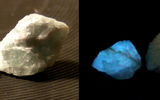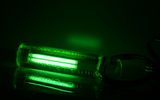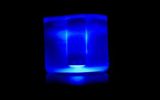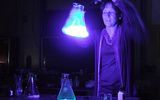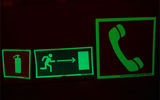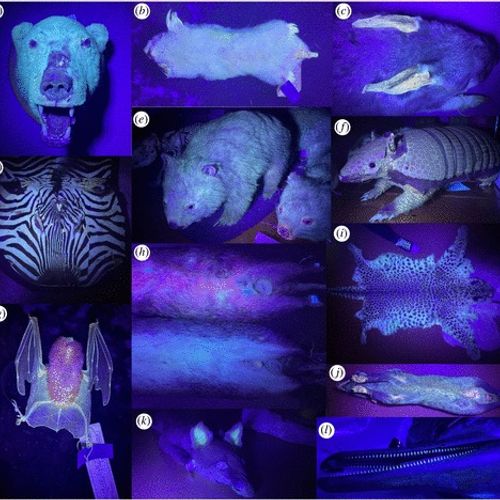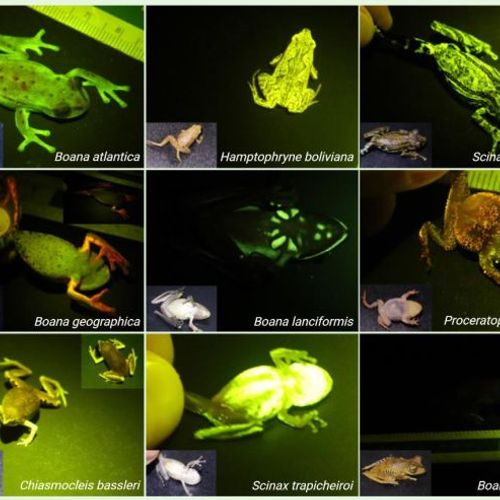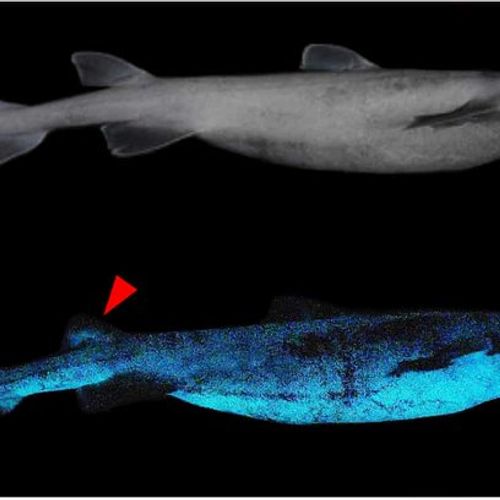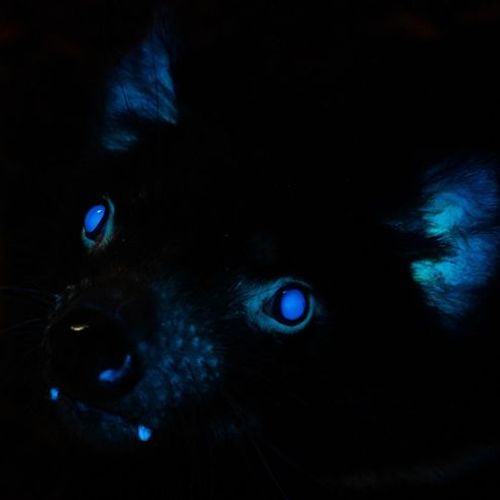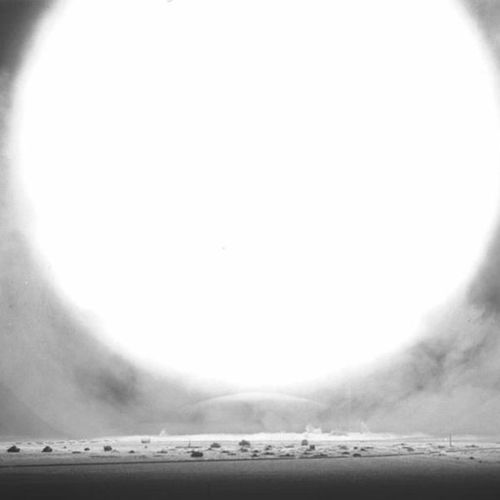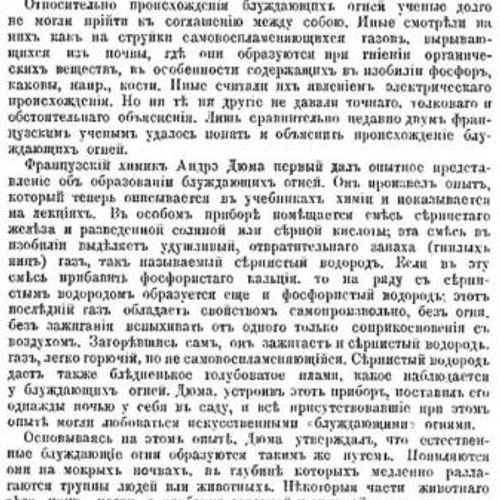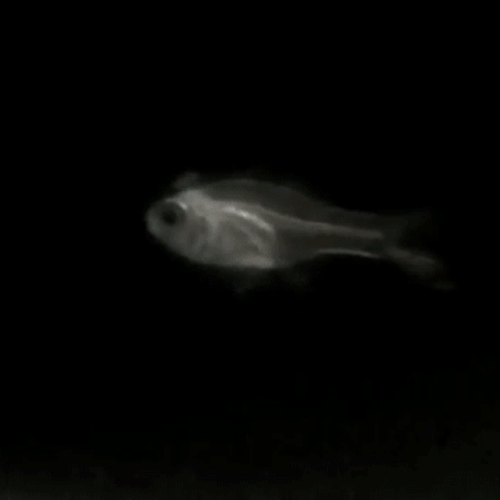
| Added | Wed, 22/03/2017 |
| Sources | |
| Феномены | |
| Version type |
Luminescence is a non-thermal glow of substance that occurs after absorption of the excitation energy.
Luminescence of solids can be divided into the following types:
Photoluminescence is luminescence under the action of light (visible and UV range). She, in turn, is divided into:
- fluorescence (life time 10-9-10-6 s);
- the phosphorescence of (10-3-10 s);
Chemiluminescence is luminescence that uses the energy of chemical reactions;
Cathodoluminescence is caused by irradiation with fast electrons (cathode rays);
Sonoluminescence is luminescence caused by high frequency sound;
Radioluminescence — excitation of the substance to ionizing radiation;
Triboluminescence is luminescence that occurs when rubbing, crushing or splitting phosphors. Triboluminescence is called electrical discharges occurring between the formed electric parts — light discharge causes luminescence of the phosphor. An example of triboluminescence effect Kopp-Etchells
Bioluminescence — the ability of living organisms to glow achieved on your own or with the help of symbionts. (Fireflies ispolzovat bioluminescence to attract other dogs or for hunting. Thread some spawn takeolder the ability to glow)
Electroluminescence — occurs when electric current is passed through certain types of phosphors.
Candoluminescence — glow glow.
The thermoluminescence — luminescence arising in the process of heating substances. In the scientific literature often uses the term Thermally stimulated luminescence, TSL abbreviated that one and the same.
Translated by «Yandex.Translator»
Related facts
Related news
Related articles
Log in or register to post comments

